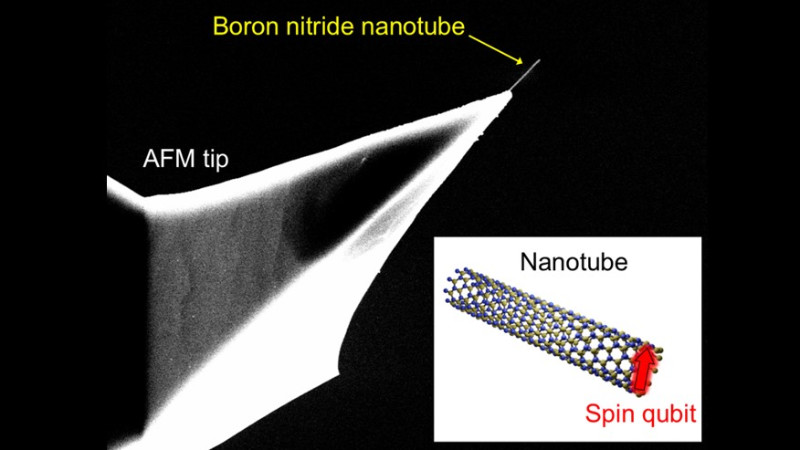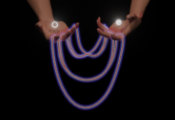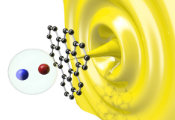Purdue Researchers Create Orientation-Independent Magnetic Field-Sensing Nanotube Spin Qubits
WEST LAFAYETTE, October 2, 2024 — Purdue University researchers have developed patent-pending one-dimensional boron nitride nanotubes (BNNTs) containing spin qubits, or spin defects. The BNNTs are more sensitive in detecting off-axis magnetic fields at high resolution than traditional diamond tips used in scanning probe magnetic-field microscopes.

Tongcang Li, a professor of physics and electrical and computer engineering, leads a team that has developed the BNNTs with optically active spin qubits. He also is on the faculty of the Purdue Quantum Science and Engineering Institute. The team includes Xingyu Gao, Sumukh Vaidya and Saakshi Dikshit, graduate students at Purdue who are co-authors of a paper published in the peer-reviewed journal Nature Communications.
“BNNT spin qubits are more sensitive to detecting off-axis magnetic fields than a diamond nitrogen-vacancy center, which is primarily sensitive to fields that are parallel to its axis, but not perpendicular,” Li said. “BNNTs also are more cost-effective and offer more resilience than brittle diamond tips.”
BNNT applications include quantum-sensing technology that measures changes in magnetic fields and collects and analyzes data at the atomic level. “They also have applications in the semiconductor industry and nanoscale MRI, or magnetic resonance imaging,” Gao said.
“These BNNT spin qubits are sensitive to magnetic fields and exhibit optically detected magnetic resonance,” Vaidya said. “When exposed to a magnetic field, the energy levels of the spin qubits within the BNNTs are altered, which can be measured using light.”
On the first demonstration, BNNTs performed comparably to diamond tips. “Since the boron nitride nanotubes are spatially much smaller than the diamond tips, we expect to be able to achieve superior numbers for the system,” Dikshit said.
Li said the Purdue researchers are looking to improve the spatial resolution and magnetic field sensitivity for the BNNT spin qubit system. These improvements could enable quantum sensing of phenomena at the atomic scale.
“This would enable a very high-resolution scanning of the surface magnetic properties,” Vaidya said. “By improving the sensitivity, we can either get more precise information or achieve faster readout of the external magnetic fields, both of which have applications in quantum science, memory storage, medical and semiconductor industries.”




































